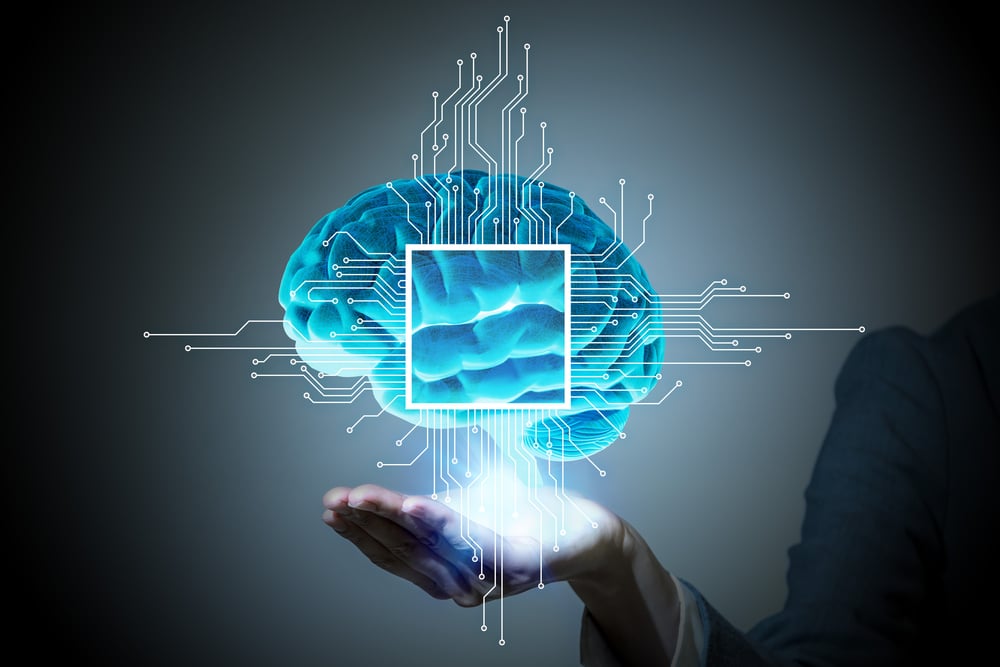A recent study by Harvard and Google DeepMind’s researchers showed virtual rat infused with AI brain accurately mimic real movements. The study confirms the viability of neural circuits capability to guide the complex behaviors.
The study initiated by the Harvard team indicates that science built an enhanced rat whose actions are controlled by an artificial intelligence (AI) brain. This AI brain, a complex neural network, is designed to mimic the structure and function of a real rat’s brain, allowing it to control the virtual rat’s movements with remarkable accuracy.
Virtual Rat Uses AI Brain
The virtual rodent developed by the researchers has demonstrated the ability to replicate the movements of real rats. This study, a historic accomplishment conducted at the DeepMind AI lab and Harvard, signifies a significant stride in our understanding of the brain’s mechanisms for controlling complex and coordinated movements.
The researchers observed that the feat realized by the virtual rat using an AI brain has proven challenging for the majority of advanced robots. The team hailed the findings as a breakthrough in delivering robots with vastly improved agility.
Harvard’s scholar from the organismic and evolutionary biology department, Bence Ölveczky, steered the team. The professor leveraged high-resolution data gathered from real rats in training the artificial neural network.
Professor Ölveczky’s lab specializes in mechanistic exploration to understand how the brain prompts limb movement. The researchers observed improved accuracy in predicting the neural activity with the virtual rodent’s network activity.
The network activity easily predicted the virtual rat compared to other features. It realized consistency with regions by deploying inverse dynamics.
The study findings were captured in the prestigious Nature Journal, a leading scientific publication. This publication illustrated the utilization of the MuJoCo physics simulator to craft the virtual rat simulation. The crafting incorporated realistic forces, yielding the capability to mimic real-world conditions. The publication in Nature Journal signifies the high academic value and impact of this research.
The artificial neural network behind the virtual rat’s movements was trained using a process known as inverse dynamics modeling. This involves feeding the network with data on the rat’s movements and the forces acting upon it, allowing the network to learn the relationship between these variables.
This training method enabled the virtual rat to predict neural activity within real rats at a higher accuracy.
The study indicated that results can enable scientists in interpreting neural activity in various behaviors then related to motor control principles.
Path to Enhanced Robotic Control Systems
The principles observed from examining the virtual rat are informative towards developing enhanced robotic control systems.
The results illustrate the physical simulation mechanism behind biomechanically realistic virtual animals. Such are capable of facilitating the interpretation of neural activity structure across behavior and simultaneously link it to the theoretical principles explaining motor control.
DeepMind’s Matthew Botvinick acknowledged learning critical details regarding the challenges of building the ’embodied agents ‘. Embodied agents are AI systems that interact with their environment, such as the virtual rat in this study.
The researchers observed the need for these AI systems to think intelligently and translate such into physical action within the complex context, a key challenge in the development of advanced robotics and AI.
Botvinick concluded that the outcome suggests applying a similar approach within neuroscience offers insights into behavior and brain functioning.
The researchers deployed cutting-edge techniques, particularly deep reinforcement learning, 3D motion tracking, and AI, for the virtual rat to replicate diverse natural behaviors extending beyond explicit training.
Botvinick considers the approach used in this study as indicative of the capability to establish ‘virtual neuroscience’ as a new field. Virtual neuroscience involves the use of computer simulations and AI to model and study the structure and function of the brain. This approach could provide a platform to examine the neural bases behind natural behaviors and attain an in-depth understanding of how brains influence movement, opening up new avenues for research and discovery in the field of neuroscience.
Future of Virtual Neuroscience
Botvinick considers the virtual neuroscience will prove crucial to develop advanced prosthetics. The insights gained from this study could be applied to the development of brain-machine interfaces, such as Neuralink and Precision Neuroscience technology, which could significantly enhance the functionality of prosthetic limbs. This could potentially revolutionize the field of prosthetics, allowing for more natural and intuitive control of artificial limbs.
The researchers anticipate that this study will provide crucial insights for the development of therapies for movement disorders. By recreating neural circuits, this research holds promise for significant advancements in the field.
The study revealed that the virtual rat yields a transparent model to examine neural circuits and the implication of diseases on them.
The researchers plot according to the virtual rat autonomy towards task execution faced by real rats. Also, they target to advance brain algorithms to nurture skills.
At Tokenhell, we help over 5,000 crypto companies amplify their content reach—and you can join them! For inquiries, reach out to us at info@tokenhell.com. Please remember, cryptocurrencies are highly volatile assets. Always conduct thorough research before making any investment decisions. Some content on this website, including posts under Crypto Cable, Sponsored Articles, and Press Releases, is provided by guest contributors or paid sponsors. The views expressed in these posts do not necessarily represent the opinions of Tokenhell. We are not responsible for the accuracy, quality, or reliability of any third-party content, advertisements, products, or banners featured on this site. For more details, please review our full terms and conditions / disclaimer.

